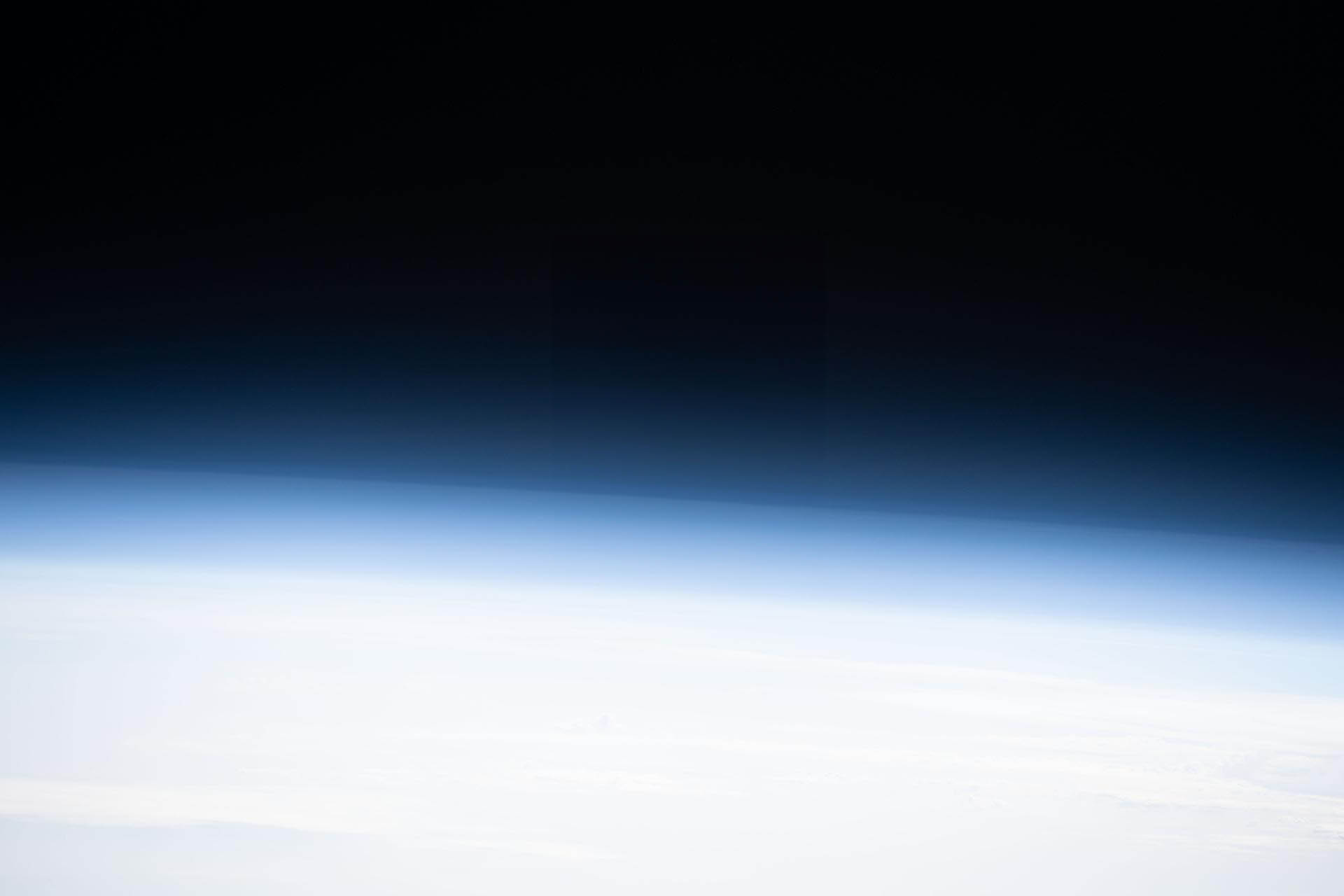
Future of Biomedical
Research
Research in sensing without intervention is critical for health experiments in both space and on Earth. This approach eliminates the need to harm the sample, which could otherwise impact the primary mission of space exploration. Therefore, this technology is poised to become a key innovation in biomedical engineering, applicable both on Earth and for future space missions.

Bio-Sensing
Bio-sensing involves measuring signals and various parameters without any intervention to the system or sample. This non-invasive approach is a key technology that our team is developing, enabling more accurate and safe monitoring in both biomedical applications and space missions.

Brain Signal and
Food Perception
One of the versatile technologies applicable both on Earth and in space exploration is understanding brain signals and human eating behaviors. This knowledge can be used to optimize and develop systems that support various forms and behaviors of food consumption, adapting to different needs and environments.
Remote and Non-Invasive
Monitoring for Lab-on-Chip
Lab-on-chip technology is widely used in scientific experiments, particularly in space research, due to its small size and ability to analyze samples without causing damage. It requires precise and rapid measurements while maintaining sample integrity. Additionally, this technology can be applied in point-of-care services for remote biological measurements, enabling telemedicine and precision medicine applications both in space missions and on Earth.
Wearable Device for
Heath Monitoring
The growing popularity of smartwatches for monitoring various bodily metrics, from basic to complex parameters, makes the analysis of data from these devices particularly intriguing for long-distance space exploration missions. By using wireless tracking to monitor the health of astronauts, this technology offers a promising solution for health monitoring during space travel.
Our Publications
Quantitative investigation of a 3D bubble trapper in a high shear stress microfluidic chip using computational fluid dynamics and L*A*B* color space.
Boonsiri, W., Aung, H.H., Aswakool, J. et al.
Non-invasive measurement of wall shear stress in microfluidic chip for osteoblast cell culture using improved depth estimation of defocus particle tracking method.
Hein Htet Aung, Phattarin Pothipan, Jirasin Aswakool, Siraphob Santironnarong, Rungrueang Phatthanakun, Visarute Pinrod, Thanakorn Jiemsakul, Wares Chancharoen, Aekkacha Moonwiriyakit;

